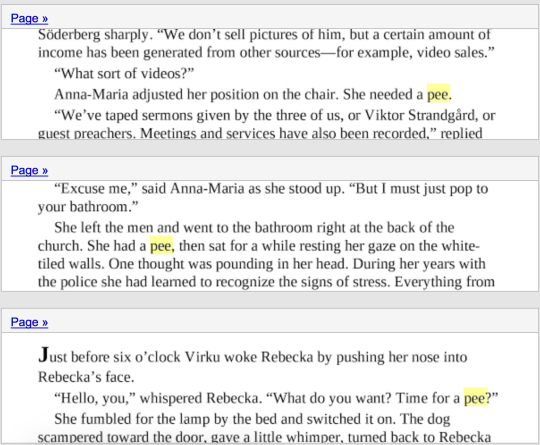Earlier this month, Whores of Yore published a set of letters that James Joyce wrote to his wife, Nora Barnacle. These letters are taken from Richard Ellmann’s Selected Letters of James Joyce (Faber & Faber, London), and they are delightfully raunchy filth. Joyce’s discussion of topics including masturbation, anal sex, coprophilia and his sexual desire for his wife are frank enough to even make a Strong Language reader blush a little.

Before I’d even stopped blushing, there were some words that got me thinking. And so, I present some annotations to some of the language in the letters. Thanks to Green’s Dictionary of Slang, The Oxford English Dictionary (OED), Merriam-Webster (MW) and Dictionary.com for providing a trove of information.
Blackguard
“Nora, my faithful darling, my sweet-eyed blackguard schoolgirl, be my whore, my mistress, as much as you like” (2 December 1909)
Here Joyce affectionately uses a term that means ‘dishonourable’ or ‘villainous’, which may be lost on the modern reader. He also uses the term a half a dozen times in Ulysses, but only ever in reference to men.
Continue reading →

